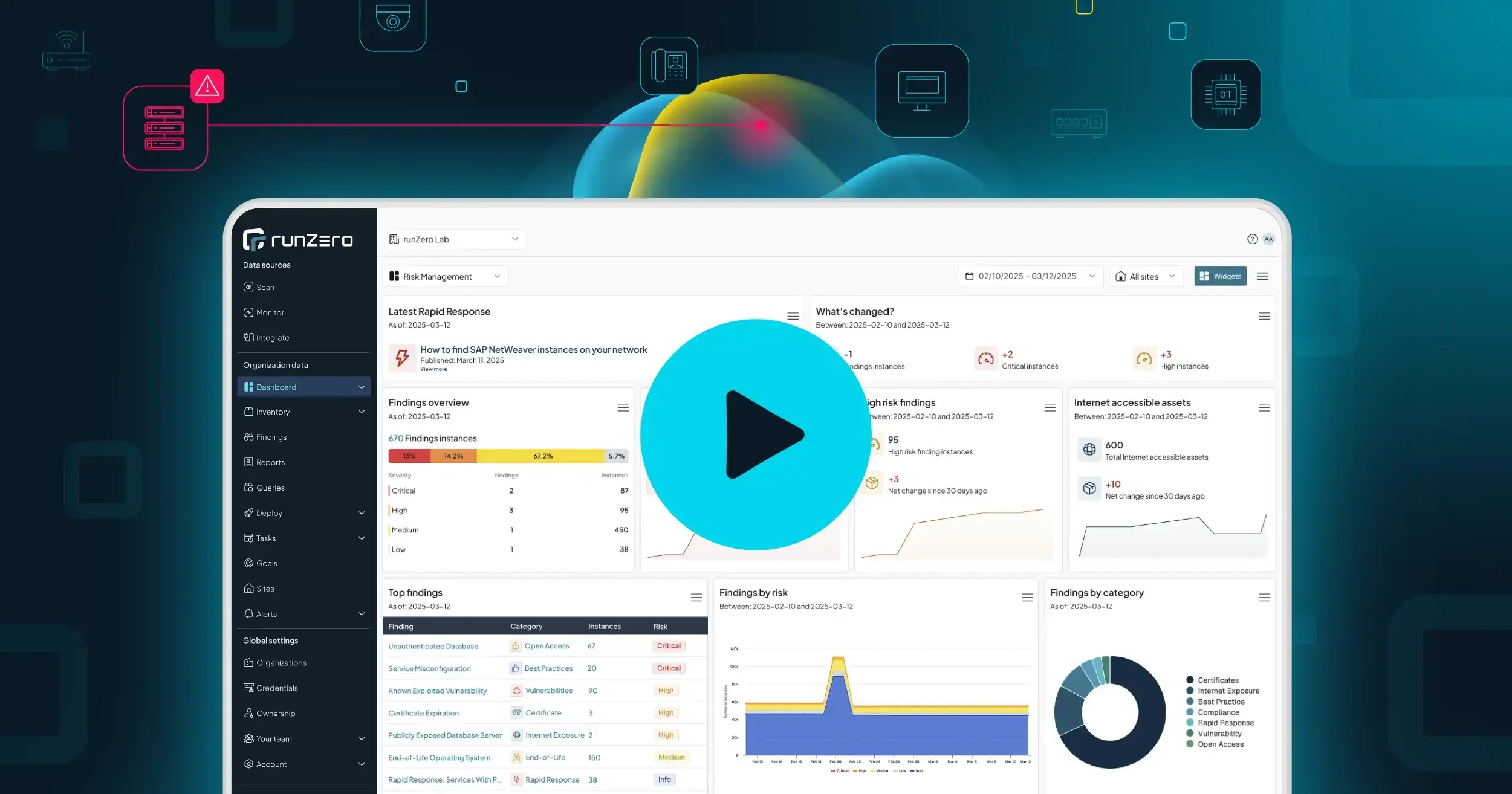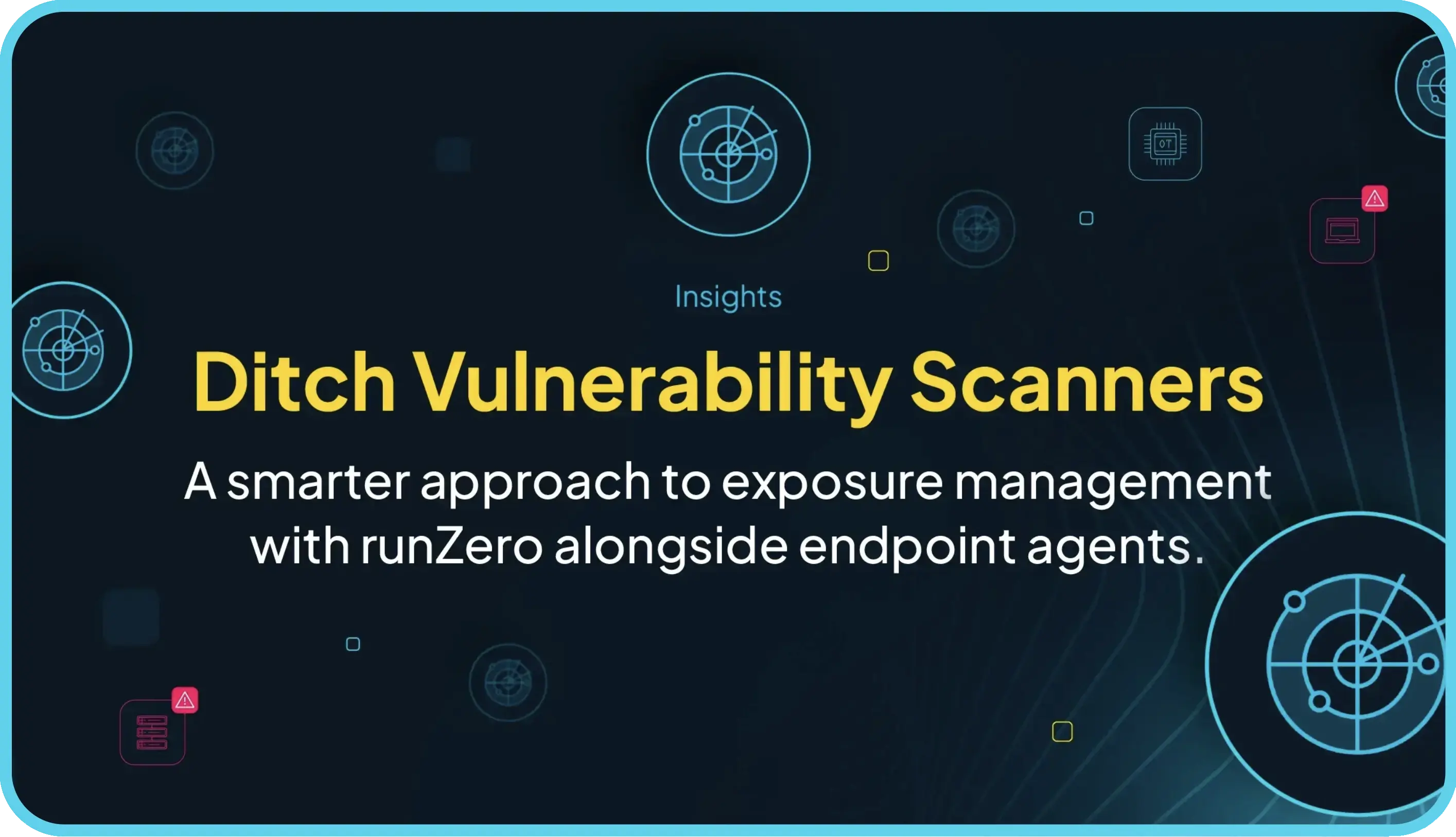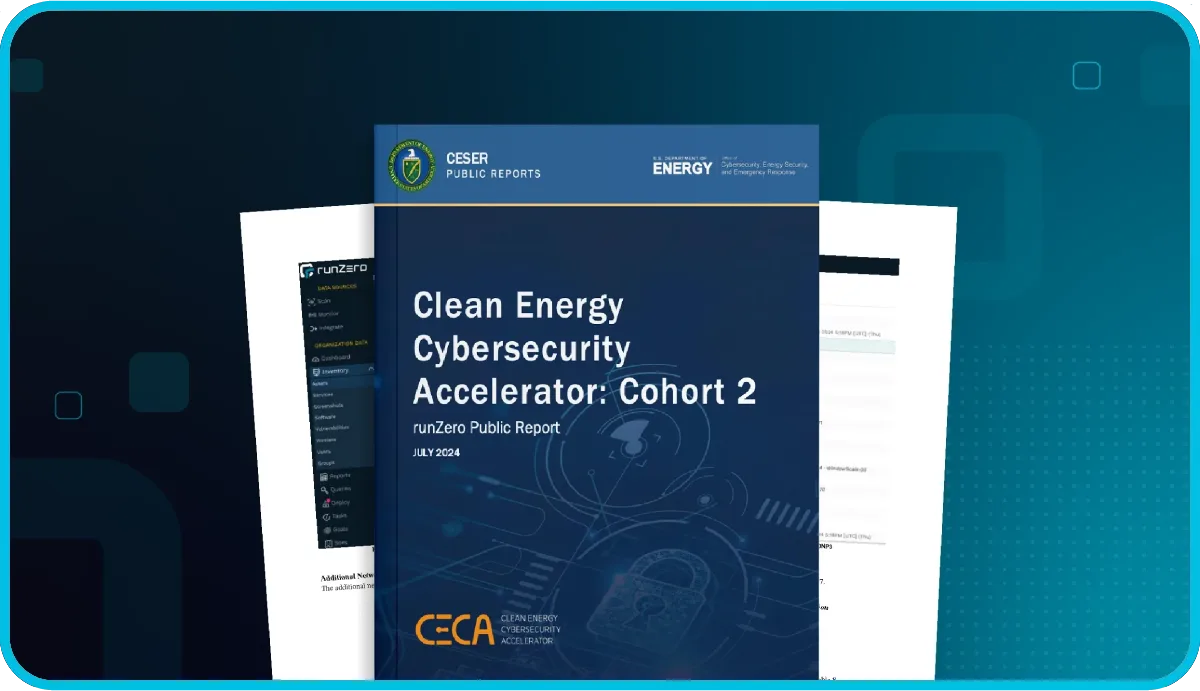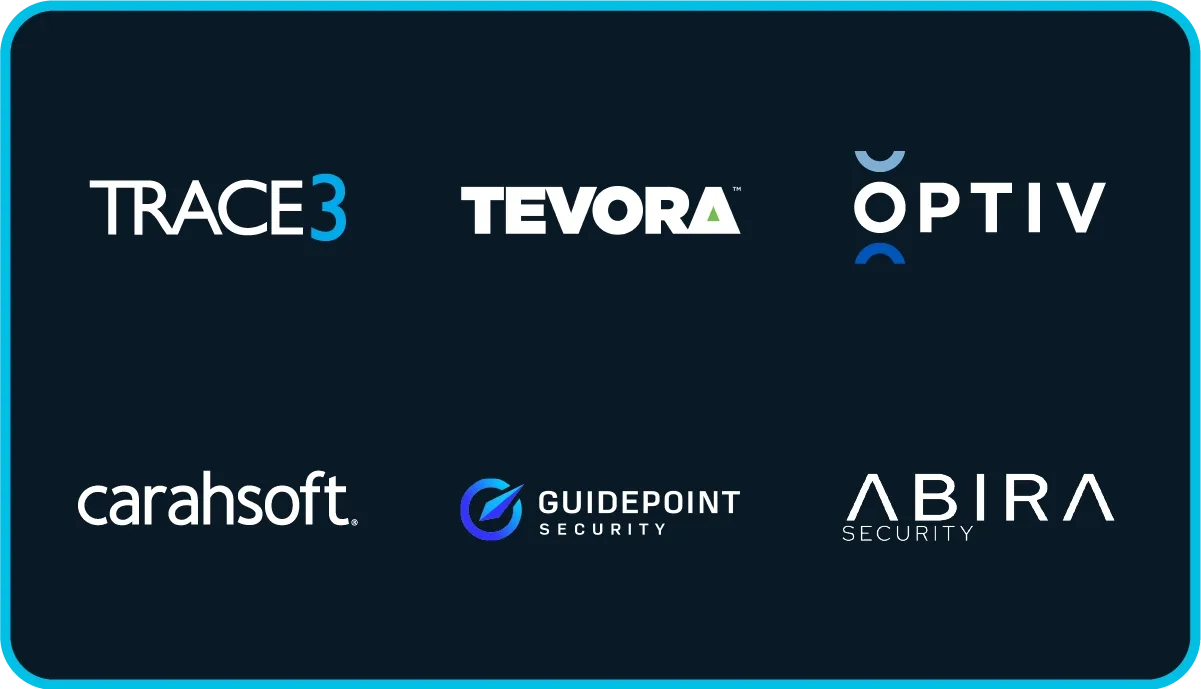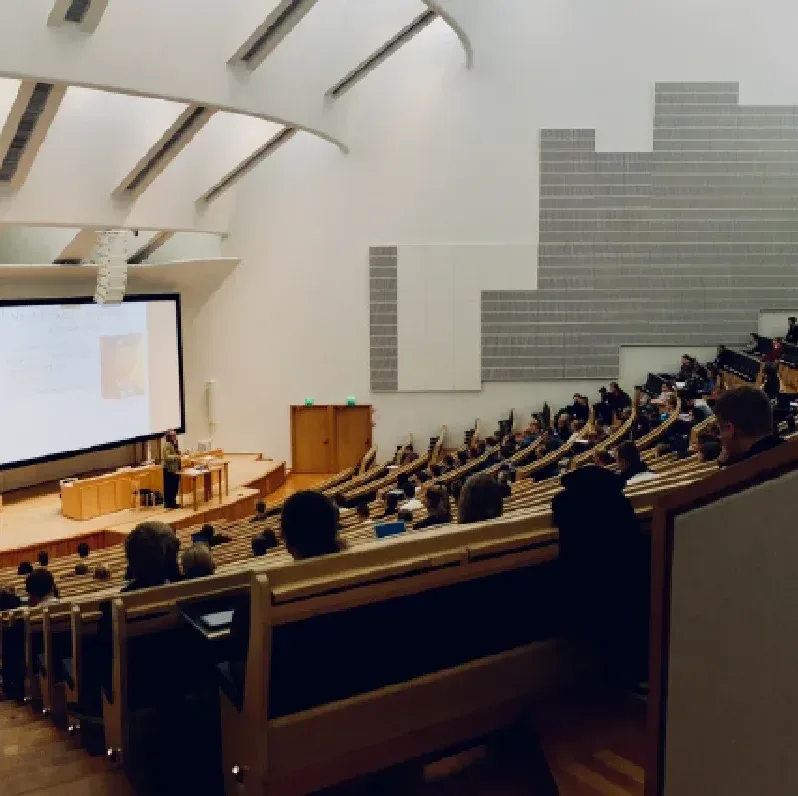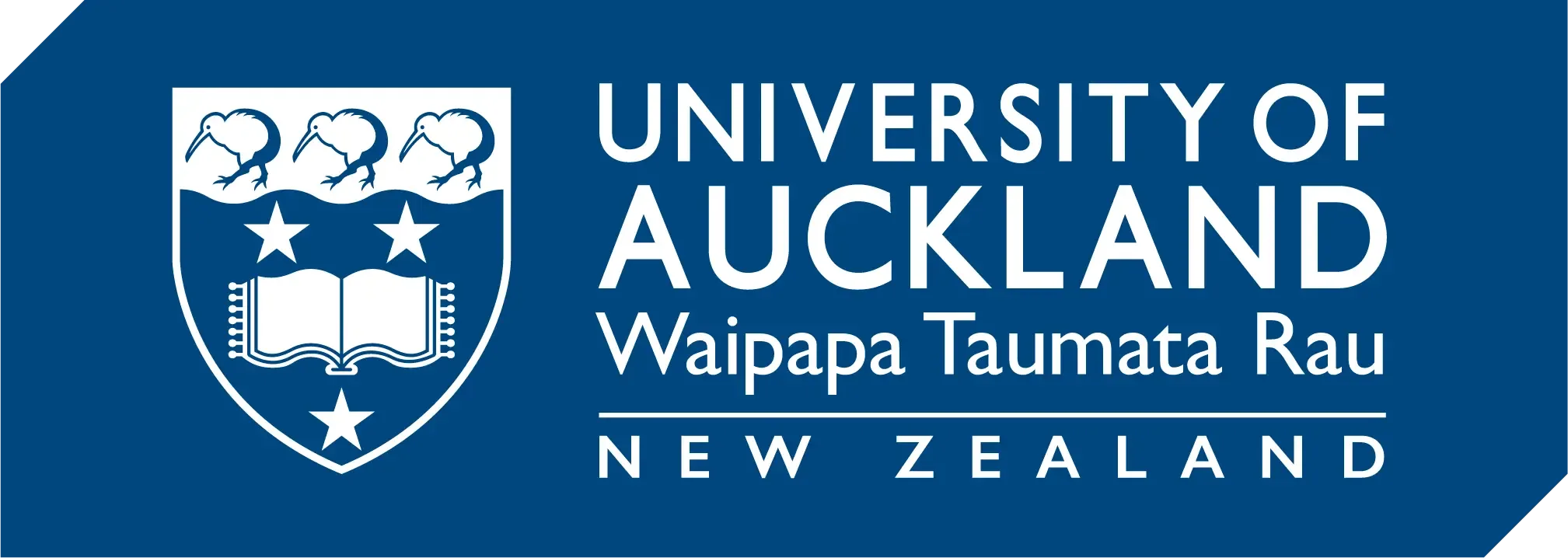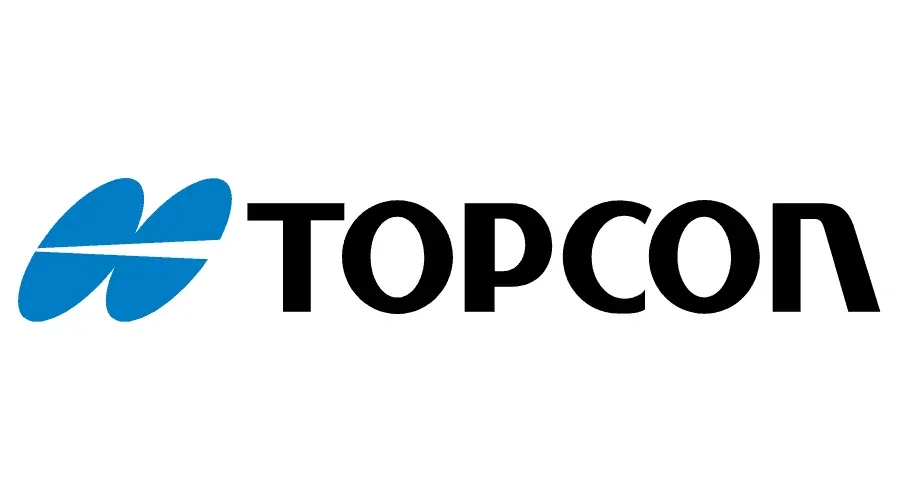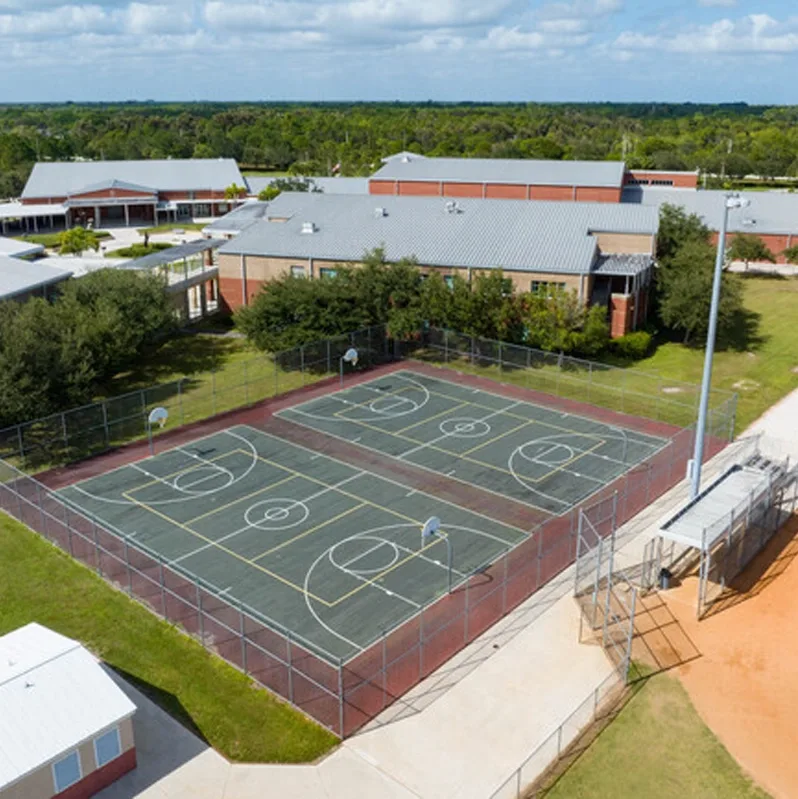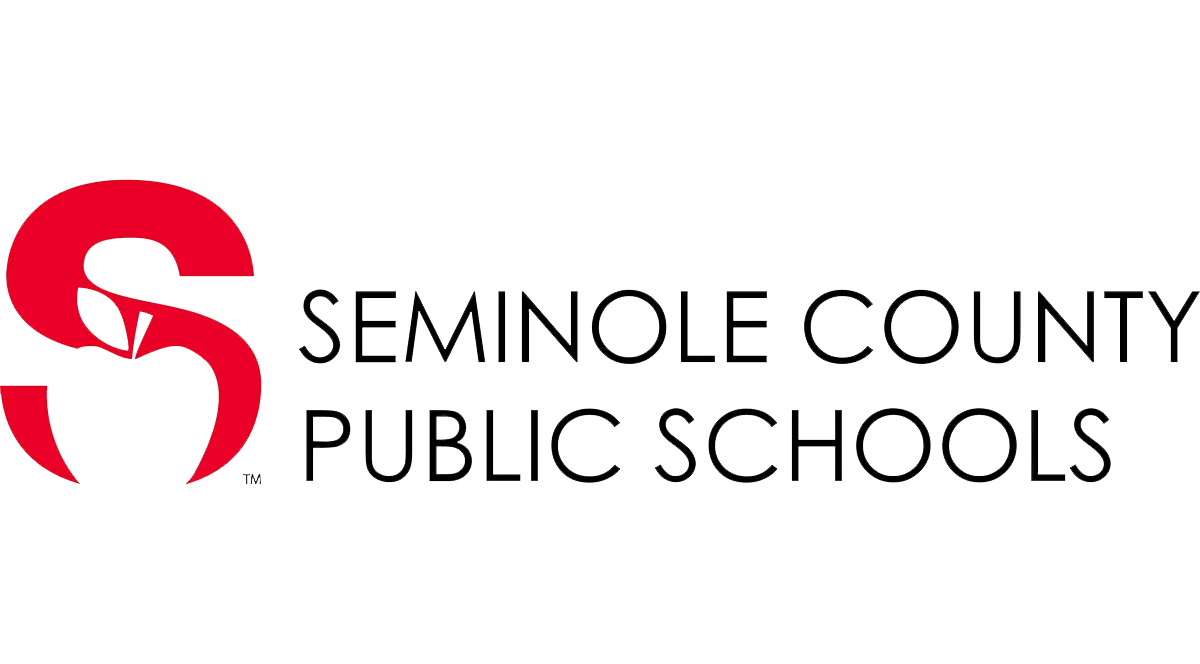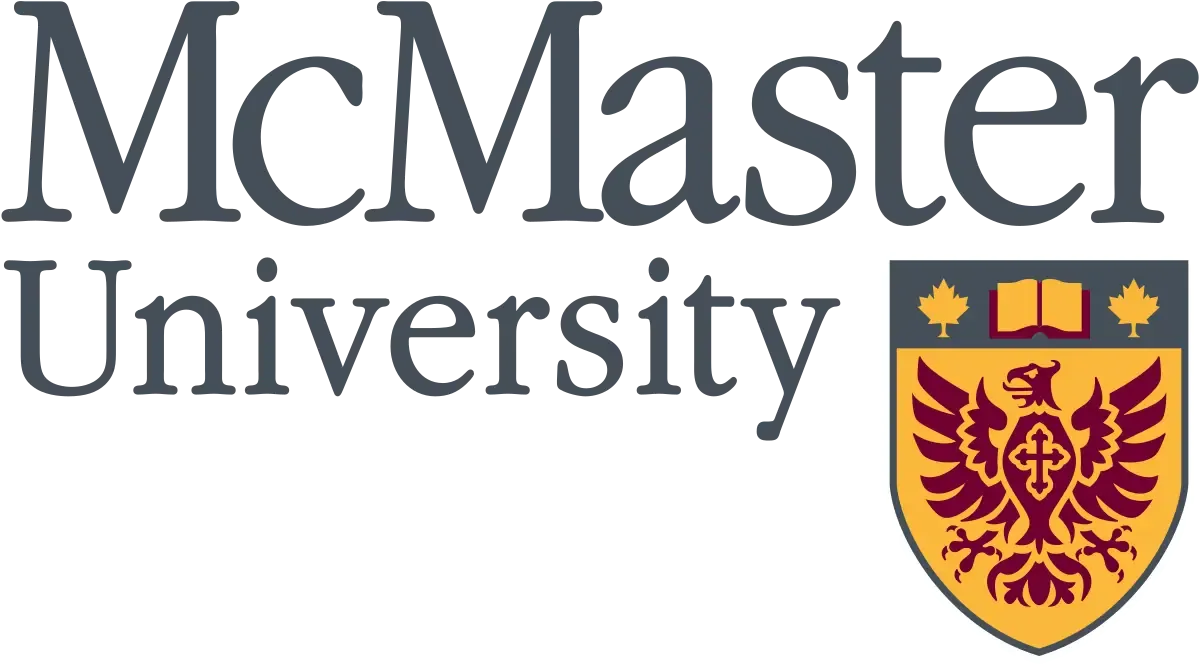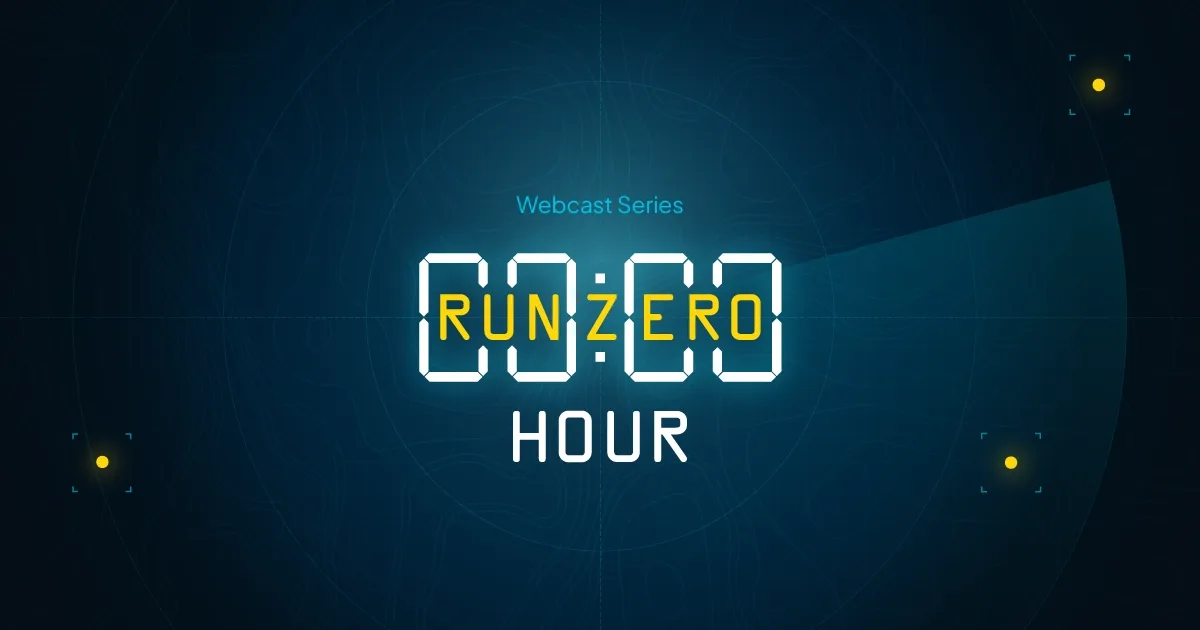Overview
As the University of Auckland grew and expanded, their small security team was struggling to keep up with supporting the university’s increasing cybersecurity needs. Additionally, they needed to improve their visibility into all of the assets on the university’s network.
They came across runZero and, by the next day, they had it up and running. runZero’s proprietary network scanner paired with integrations has provided the University of Auckland with comprehensive insight into their assets and network, uncovering significantly more assets than they knew existed before implementing runZero.
Favorable Outcomes
How runZero helped:
Uncovering Unknowns
20% more assets were uncovered with runZero’s CAASM capabilities.
Saving Time
Accelerating asset discovery and incident response made time for other tasks.
Reducing Gaps
runZero lowered the number of gaps in the university’s vulnerability scanning.
Improving Visibility
The team has gained a better view of their attack surface, providing peace of mind.
Problem
As the university grew, Russell Fulton, Security Engineer, and Paul Wescott, Security Architect, and their small team struggled to keep up with supporting the university’s growing cybersecurity needs, including application security, asset protection, incident response, and security architecture. Additionally, both Fulton and Wescott knew they needed to improve their visibility into the many assets on the university’s network, a growing problem with the sheer volume of devices expanding on a daily basis.
Solution
Despite numerous accolades and high rankings, the University of Auckland faced the challenge of limited funding. This was a key consideration for Fulton and Wescott in their quest for a suitable solution. In this process, Wescott discovered runZero (formerly known as Rumble). They were particularly impressed that runZero was designed by cybersecurity professionals for cybersecurity professionals, resulting in an intuitive and user-friendly tool.
Outcomes
Using runZero for asset discovery has given the University of Auckland a detailed understanding of its network, revealing up to 20% more assets than previously known. With this newfound knowledge and a clear map of the devices on the university network, the team has gained confidence. Today they rely on runZero for a variety of CAASM capabilities, including locating potentially exposed systems and security misconfigurations. Thanks to runZero, they can swiftly identify impacted assets and take immediate corrective action.
Why runZero?
"It happens usually on a weekly basis that we’ll find new vulnerabilities, whether it's some Atlassian issue or something to do with F5s. We know we’ve got F5s but do we know every one that we’ve got? So just being able to find all of the F5s and make sure and know they’re all being patched gives us that peace of mind that we otherwise might not have." - Paul Wescott | Security Architect | The University of Auckland
